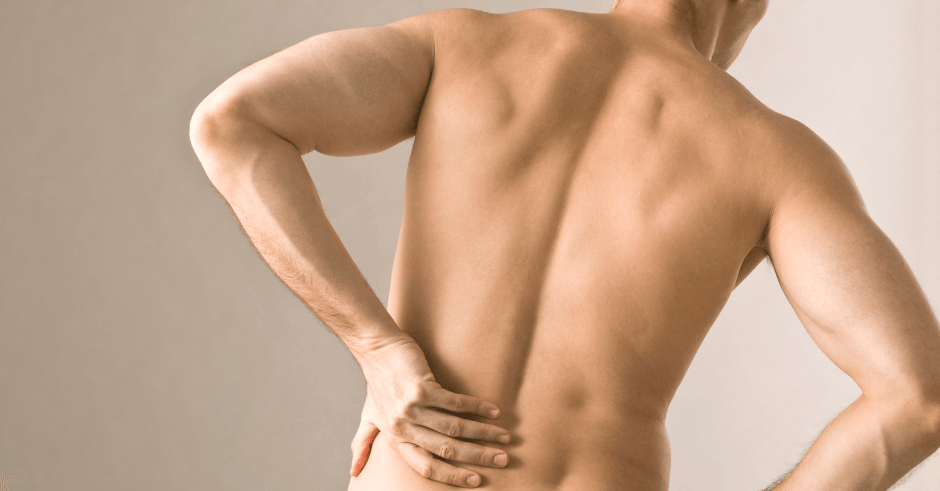By Chiropractor Luka Fantela
During my late teenage years, when my ego was at its peak, I foolishly decided to push my bodies physical abilities beyond what I had prepared it for. Let me tell you it was a recipe for disaster, I was performing a complex movement, with poor technique, using a load beyond my capacity and I was far from focused on the task.
The end result? I was fortunate enough to experience a bilateral stress fracture in my lower back, that from the initial onset, I knew something was not quite right. At the time if you had told me I’d say you’re kidding, but looking back in hindsight, this personal experience was truly a blessing in disguise.
Although I hadn’t known it, this event would shape my pathway to becoming a Chiropractor fuelled with purpose and passion to help those suffering with a spine-related injury and pain.
5 things I learnt from suffering back pain as a teen:
A little reassurance can go a long way —
- I still recall the moment when I sat in my first consult with a specialist, where I was told “you have the spine of an 80-year old man”, or when I asked what can be done which was met with “there’s nothing that can be done but pain management and hope it heals in time”.
- These were some powerful words that a easily influenced and impressionable teenager took straight on board. Leaving me feeling helpless and having little control over my situation.
- On the other hand, 8-months following the injury where I consulted a therapist, the first and only to offer me an empathetic ear and some reassurance. I can still remember the feeling of that insurmountable feeling and enormous weight on my shoulders finally beginning to feel lighter.
You’re not your x-ray, MRI or CT report —
- My initial experience with specialists and therapists seemed to revolve around specific findings on my imaging, which with the traumatic nature of my injury is understandable. Although each professional seemed to point out a different structural cause from the last.
- As time passed from weeks to months, the relevance of these findings diminished from a tissue healing perspective but was still the focus among therapists.
- Looking back now, It wasn’t until I began to understand the other influences, such as my bio-mechanics, my beliefs and understanding of my injury and the lifestyles factors that could all be contributing to my pain experience was I able to make any real improvement.
Know that dinosaurs still exist —
- Understand that some professionals are still stuck in the traditional biomedical model, where they can be overly focused on specific anatomical and structural findings as the source of an individual’s pain.
- We know better now, we know pain is such a multi-dimensional experience, an experience that can be influenced by a plethora of variables from the way we move to the way we understand our condition.
- Pain doesn’t always equal damage, especially as your condition persists for longer and longer. Pain is often an alarm system or a heightened level of sensitivity in response to a perceived threat. It’s up to you to show your nervous system it’s safe & okay through exposure, the way you think and managing other stresses in your life.
Don’t be afraid to get a second opinion —
- While I’m not suggesting doctor shopping around to find some professional who promises to ‘fix’ you. What I am suggesting is don’t feel obliged to exclusively see a single therapist, especially if you don’t think you’re aligned with your management plan.
- Feel free to get a second or even a third opinion on something, because you might just come across a different perspective that might resonate with you.
Your spine is more robust that you give it credit for —
- When you think about it, from the day you began to walk to the end of your life, your spine is required to carry the load of your upper body for your entire life. This is no little feat and it’s quite impressive.
- Give your spine a bit more credit – It’s a strong, robust and resilient structure bearing the weight of your body day in and day out. I think it can handle some bending here and there.
Thank you for reading.

